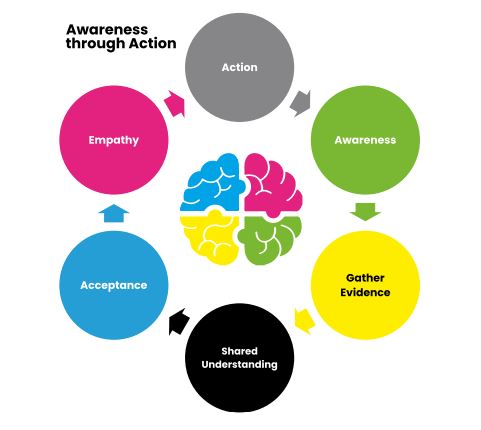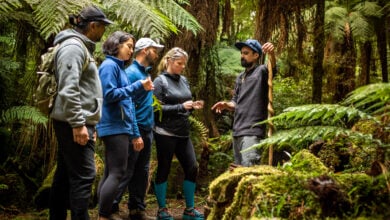Building an inclusive literacy environment

Enabling and including all learners is something all teachers pride themselves on and are committed towards.
Achieving this has always been a challenge, due to the diversity of needs that present in the classroom. Recognising early signs of difficulties is key to building an inclusive literacy environment. This recognition and understanding enables acceptance of diversity. Empathy follows. Then actions can then be considered that are planned and appropriate. Learning takes place when you feel safe to engage and when you feel supported.
If we can modify our teaching approach to meet the needs of all and remove barriers so our learners can feel safe to engage, students will feel more confident and willing to take risks with their learning. Bringing such an approach to the classroom, which includes everyone in core curriculum times, is an important factor. Over the past five years, it has been a privilege to observe the difference that the implementation of research and evidence-based practices, such as structured literacy, is making to the inclusive literacy environment in schools.
Using an approach that is based on scientific findings and uses an instructional framework stemming from evidence-based teaching practices has the greatest impact, with every student in every classroom. It ensures students experience success at every step and their learning is cumulative. Nothing is left to chance; nothing is assumed. Therefore, teachers are ensuring that the learners’ self-esteem is intact, and they are engaged and supported every step of the way.
In the recent development of their Dyslexia Kete, the Ministry of Education has identified ‘Structured Literacy’ as the most effective method for teaching dyslexic ākonga. But this is also an approach that is effective for all students.
I commend all teachers that are growing their understanding and knowledge from the perspective of neuroscience: specifically, the Science of Reading and how all brains learn to read and spell. Understanding ‘why this is important’ provides an imperative base-awareness when implementing research and evidence-based practice. As a result, we are finding that teachers are driven to continue increasing their knowledge, improve their practice and own the increased difference they can now make to the learners under their watch. We often hear or say that ‘it really does take a village’. Historically, when it comes to inclusion (and moreso the lack thereof) I have experienced a rift and friction between whānau and schools. Forming and maintaining reciprocal connections within that village is essential to fostering a fully inclusive literacy environment.
The introduction of Structured Literacy in many schools across New Zealand is instigating closer and stronger connections between whānau and teachers. With increased knowledge and the right tools at the fingertips of our teachers and support staff, the barriers are being removed. No longer is there a default response for teachers and leaders to feel and act in a defensive way when discussing a students’ achievement levels and needs. This shared understanding and knowledge is also setting the scene for a reciprocal acceptance, promoting a closer community and whānau.
For our students with specific learning differences, self-esteem and motivation will all change when the right type of teaching is implemented as early as possible. Normalising an evidence-based teaching approach in classrooms brings with it inclusion. This is what will (and is) making the biggest difference for all tamariki.
By Carla Mcneill, Managing Director, Learning MATTERS









